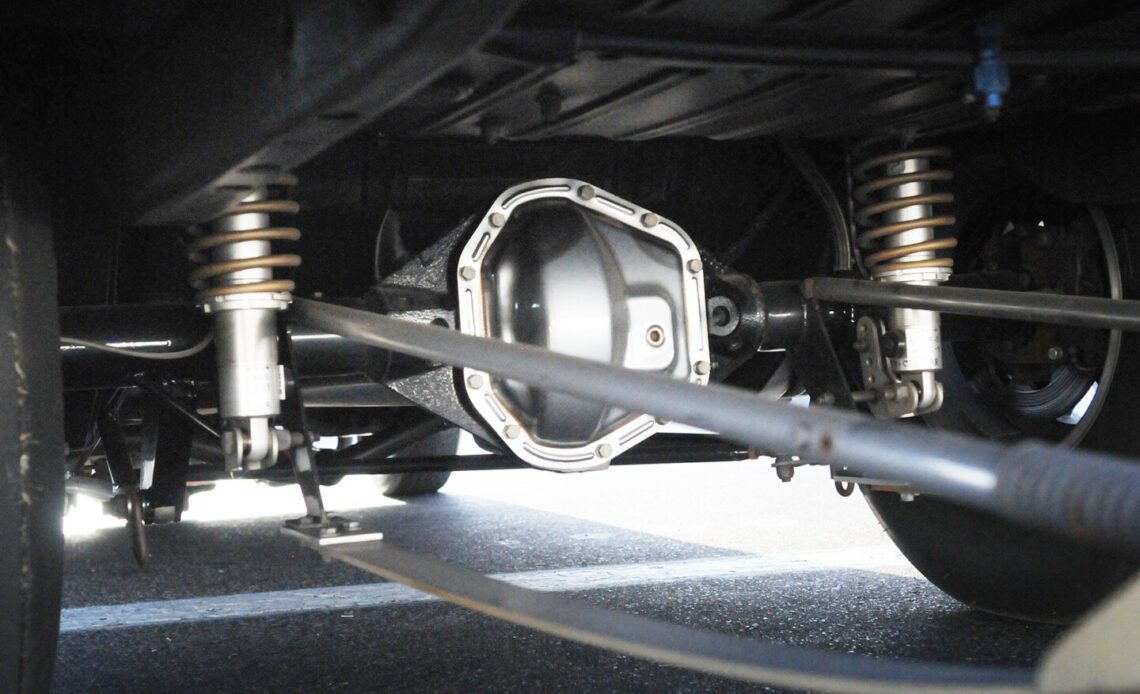1711 words
If you know what rearend configuration you want to use under a new or ongoing project, and the new rearend housing is the perfect width for what you need, you should also buy a few lottery tickets. When factoring around big tires or slicks, finding a rearend housing that perfectly matches your required width is rare.
Typically, an enthusiast will find a donor rearend housing, usually wider than they need, and narrow it to able to tuck everything under their car. Suppose you are a talented fabricator or would like to rely on a professional to modify the housing; in either case, Moser Engineering, an industry leader in high-performance drivelines, can extend both products and knowledge to help you get the job done right.
“We can accommodate a lot of requests when it comes to narrowing a rearend, beyond just narrowing alone,” Jeff Anderson, Marketing Director at Moser, says. “We can also replace the housing ends with new, beefier Moser ends that are made here in the USA. We can also replace some factory suspension mounts with Moser products when needed.”
In the Moser Engineering shop, they have developed extensive housing fixtures for their professionals to modify housings to customer specs. If you are a do-it-yourselfer with a good shop and proper cutting and welding equipment, you can get a jig/fixture kit from retailers like Quarter-Max Racing Components.
Sizing Up Your Project
Years ago, hardcore racers and performance enthusiasts chose their rearend type based on their reputation of strength and overall design. Typically, that meant a 9-inch Ford or Dana 60 rearend housing. Those housings were considered the strongest all-around units you could get.
Today, there are more options when you’re considering your housing. Engineering and manufacturing of high-strength internal components provide strength for many housing choices that were not previously available.
Today, these choices are expanded from the 9-inch or Dana rear to the Ford 8.8-inch, 10- and 12-bolt GM, and Chrysler 8-3/4-inch rearends, when combined with strong aftermarket axles, spool, or differential, housing ends, bearings, and more. Another game-changer is a newly manufactured rearend housing with design upgrades that drastically improve overall strength.
When narrowing a used housing, it is often a good idea to go ahead and replace the stock ends simultaneously for a more reliable alignment. A spun axle bearing in a stock housing end can allow for a loose axle…
Click Here to Read the Full Original Article at DragzineDragzine…

